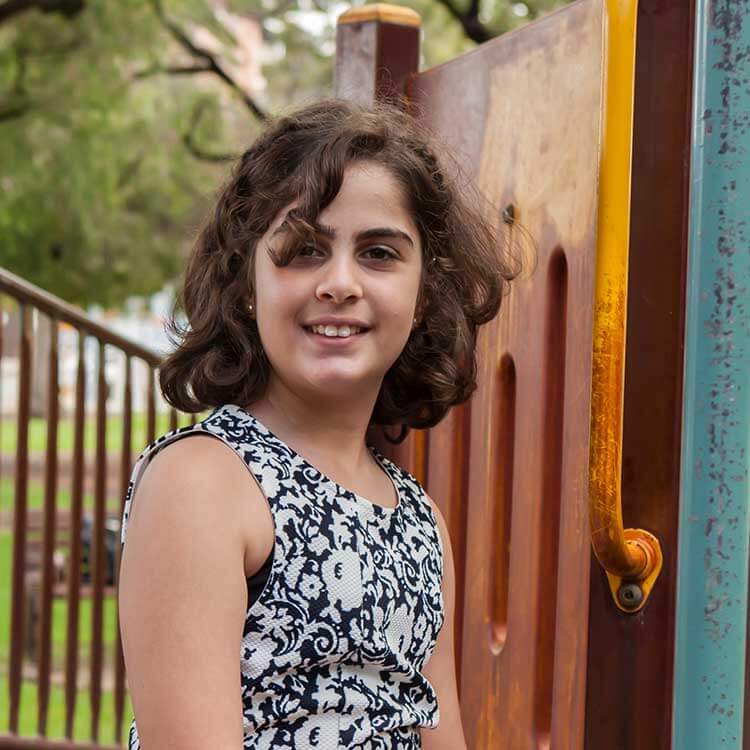Search
Research
Cellular and molecular changes to cortical neurons following low intensity repetitive magnetic stimulation at different frequenciesA systematic comparison of the cellular and molecular changes in neurons in vitro induced by low intensity magnetic stimulation at different frequencies.
Research
Identifying SETBP1 haploinsufficiency molecular pathways to improve patient diagnosis using induced pluripotent stem cells and neural disease modellingSETBP1 Haploinsufficiency Disorder (SETBD) is characterised by mild to moderate intellectual disability, speech and language impairment, mild motor developmental delay, behavioural issues, hypotonia, mild facial dysmorphisms, and vision impairment. Despite a clear link between SETBP1 mutations and neurodevelopmental disorders the precise role of SETBP1 in neural development remains elusive.
Research
Mapping mammalian cell-type-specific transcriptional regulatory networks using KD-CAGE and ChIP-seq data in the TC-YIK cell line.Examining the overlap between genes perturbed in the KD-CAGE experiments and genes with a ChIP-seq peak within 50 kb of their promoter, we identified direct...

The aim of the Computational Biology team is to understand how individual bases in our genome predispose, alter and interact in normal and disease contexts.
Research
Genomic analyses in Cornelia de Lange Syndrome and related diagnoses: Novel candidate genes, genotype–phenotype correlations and common mechanismsCornelia de Lange Syndrome (CdLS) is a rare, dominantly inherited multisystem developmental disorder characterized by highly variable manifestations of growth and developmental delays, upper limb involvement, hypertrichosis, cardiac, gastrointestinal, craniofacial, and other systemic features.
Research
The psychosocial impact of childhood dementia on children and their parents: a systematic reviewChildhood dementias are a group of rare and ultra-rare paediatric conditions clinically characterised by enduring global decline in central nervous system function, associated with a progressive loss of developmentally acquired skills, quality of life and shortened life expectancy. Traditional research, service development and advocacy efforts have been fragmented due to a focus on individual disorders, or groups classified by specific mechanisms or molecular pathogenesis.
Research
Study Protocol for a Stepped-Wedge Cluster (Nested) Randomized Controlled Trial of Antenatal Colostrum Expression (ACE) Instruction in First-Time Mothers: The ACE StudyAlthough many mothers initiate breastfeeding, supplementation with human-milk substitutes (formula) during the birth hospitalization is common and has been associated with early breastfeeding cessation. Colostrum hand expressed in the last few weeks before birth, known as antenatal colostrum expression (ACE), can be used instead of human-milk substitutes. However, evidence is lacking on the efficacy of ACE on breastfeeding outcomes and in non-diabetic mothers.
Research
An evaluation of GPT models for phenotype concept recognitionClinical deep phenotyping and phenotype annotation play a critical role in both the diagnosis of patients with rare disorders as well as in building computationally-tractable knowledge in the rare disorders field.
Research
Pushing the boundaries of rare disease diagnostics with the help of the first Undiagnosed HackathonTimo Lassmann BSc (Hons) MSc PhD Feilman Fellow; Head, Precision Health Research and Head, Computational Biology timo.lassmann@thekids.org.au
Research
Adiposity associated DNA methylation signatures in adolescents are related to leptin and perinatal factorsEpigenetics links perinatal influences with later obesity. We identifed differentially methylated CpG (dmCpG) loci measured at 17 years associated with concurrent adiposity measures and examined whether these were associated with hsCRP, adipokines, and early life environmental factors. Genome-wide DNA methylation from 1192 Raine Study participants at 17 years, identified 29 dmCpGs associated with body mass index, 10 with waist circumference and 9 with subcutaneous fat thickness.
